Good Training Can Make You Able for Drone Racing
Playing with drones has always been a fascination, but now it has become a reality. With drones proving their worth in various industries, they have b
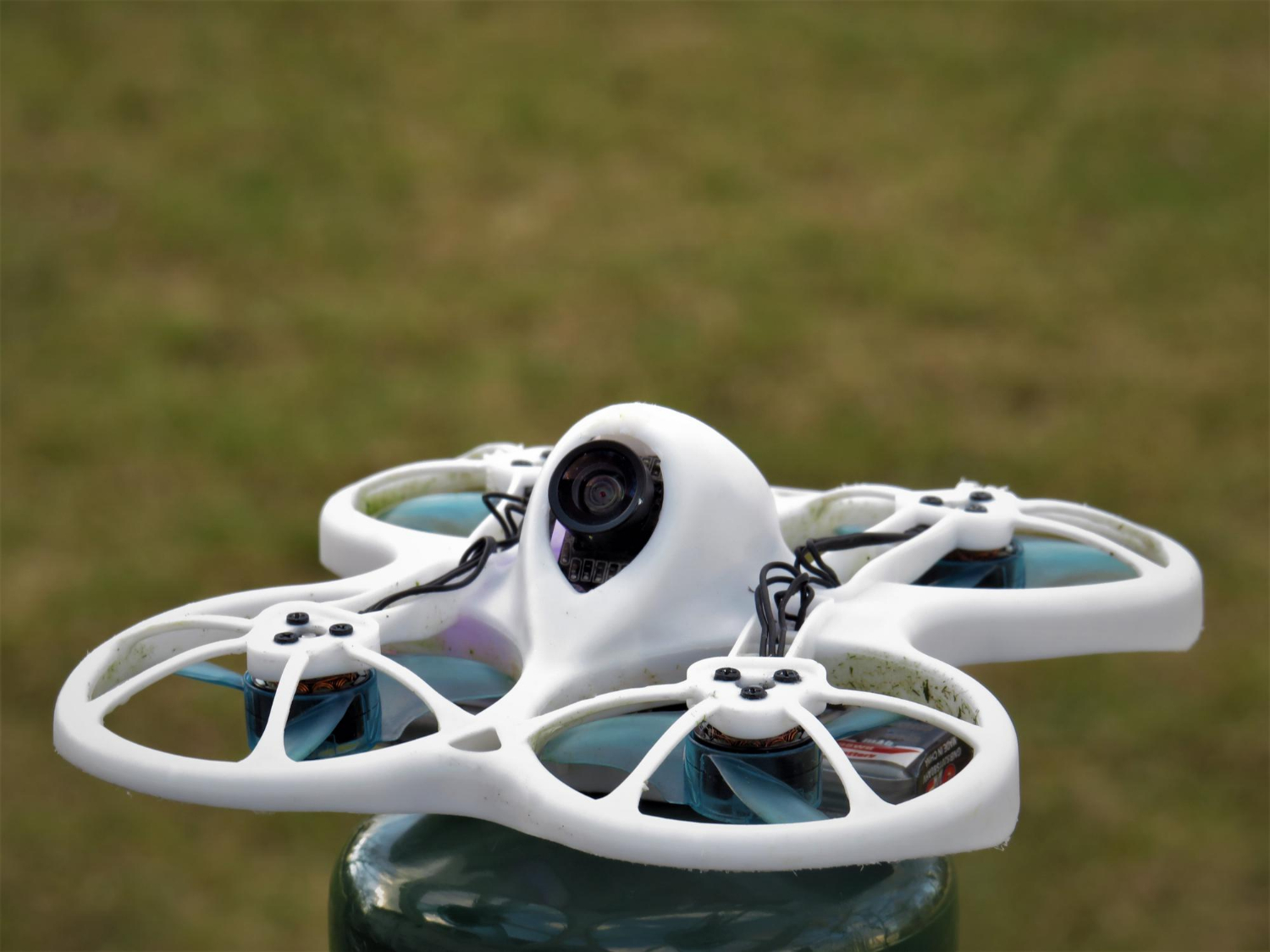
Drones are becoming a topic of discussion in contemporary scenarios. This is because they are used in various industries and for different purposes. Racing is also one such application. In this blog, we will talk about racing FPV drones.
FPV stands for First-Person View. It allows you to see your world from a bird's-eye view. You feel inside the drone, like a bird racing past trees and performing loops through the air.
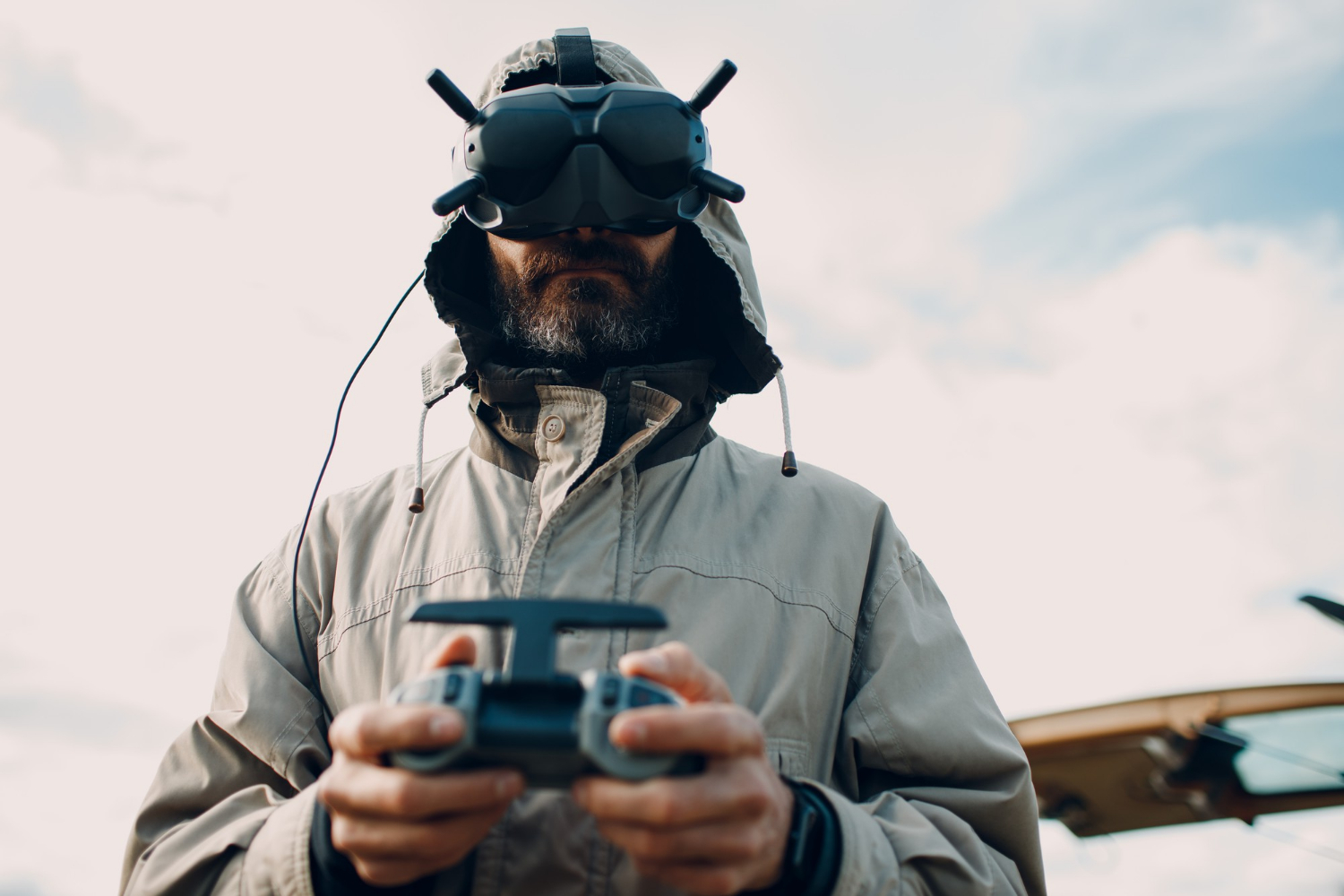
Here, FPV pilots get together and race their drones. There will be a race course featuring natural and man-made obstacles. Whoever finishes first wins. This is not all about speed and power, but tests your reflexes and manoeuvrability.
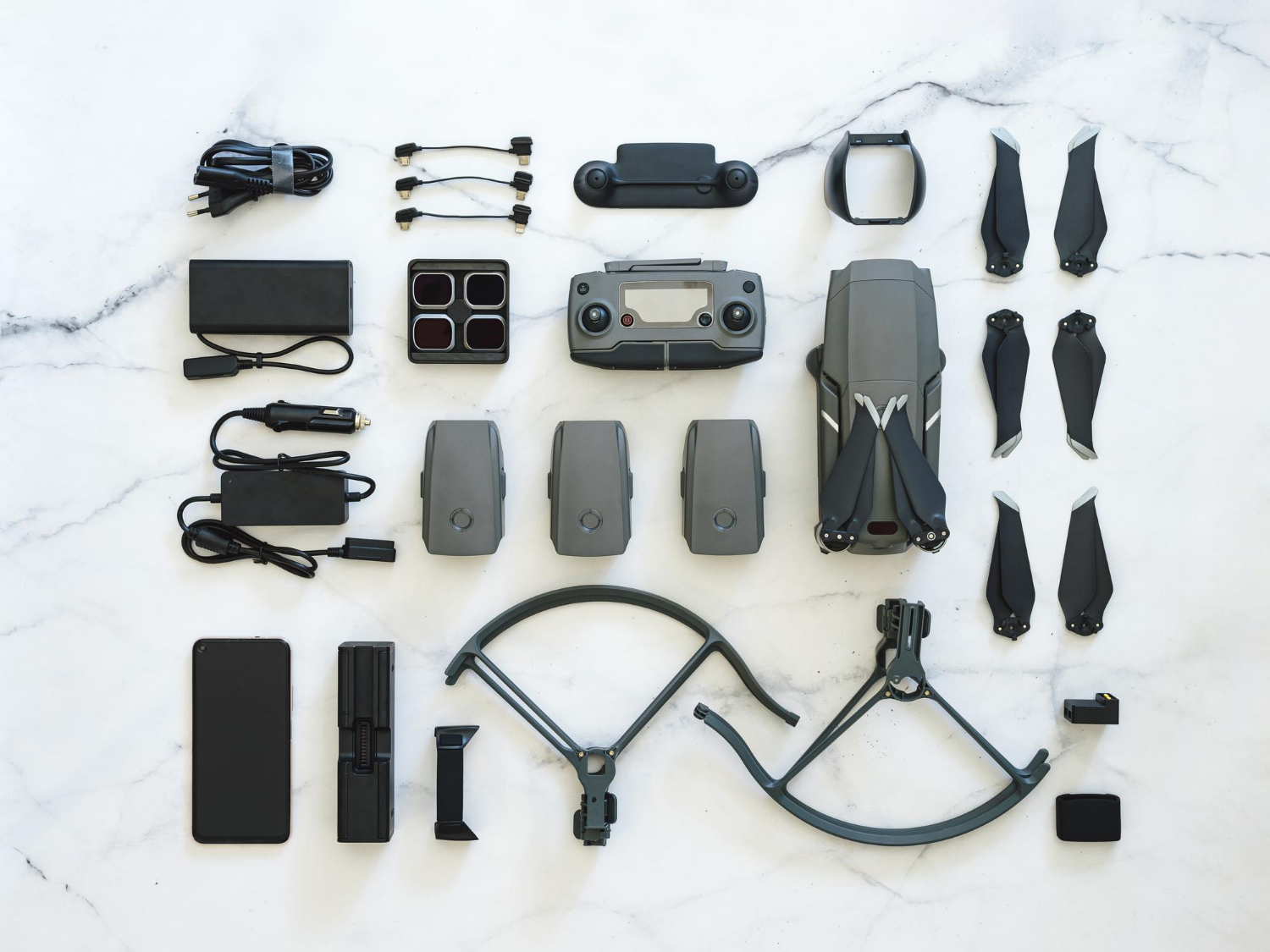
You need to assemble your gear before putting the medal on the pedal. Here is some essential equipment needed to get started with FPV racing.
Racing Drone
These drones are built for speed and durability. While you can buy ready-to-fly racing drones, several prefer to build their custom rigs. Building your drone allows for customization.
FPV Goggles
These offer a live video feed from your drone’s camera, letting you pilot your craft as if inside it. Invest in a fine pair for the best experience.
Remote Controller
It is vital for precise control of your racing drone. Look for one with a comfortable grip and customizable settings.
Batteries and Chargers
Racing drones consume more power, requiring multiple LiPo (Lithium Polymer) batteries and a reliable charger. Follow safety guidelines when handling these batteries.
Tools and Spare Parts
Building and maintaining your drone requires several tools and spare parts, such as soldering equipment, propellers, screwdrivers, and other components like motors and electronic speed controllers.
Racing Track and Gates
You can also make a racing track with gates and obstacles to practice independently. Many enthusiastic drone racers also join local racing clubs, which have established racecourses in them.
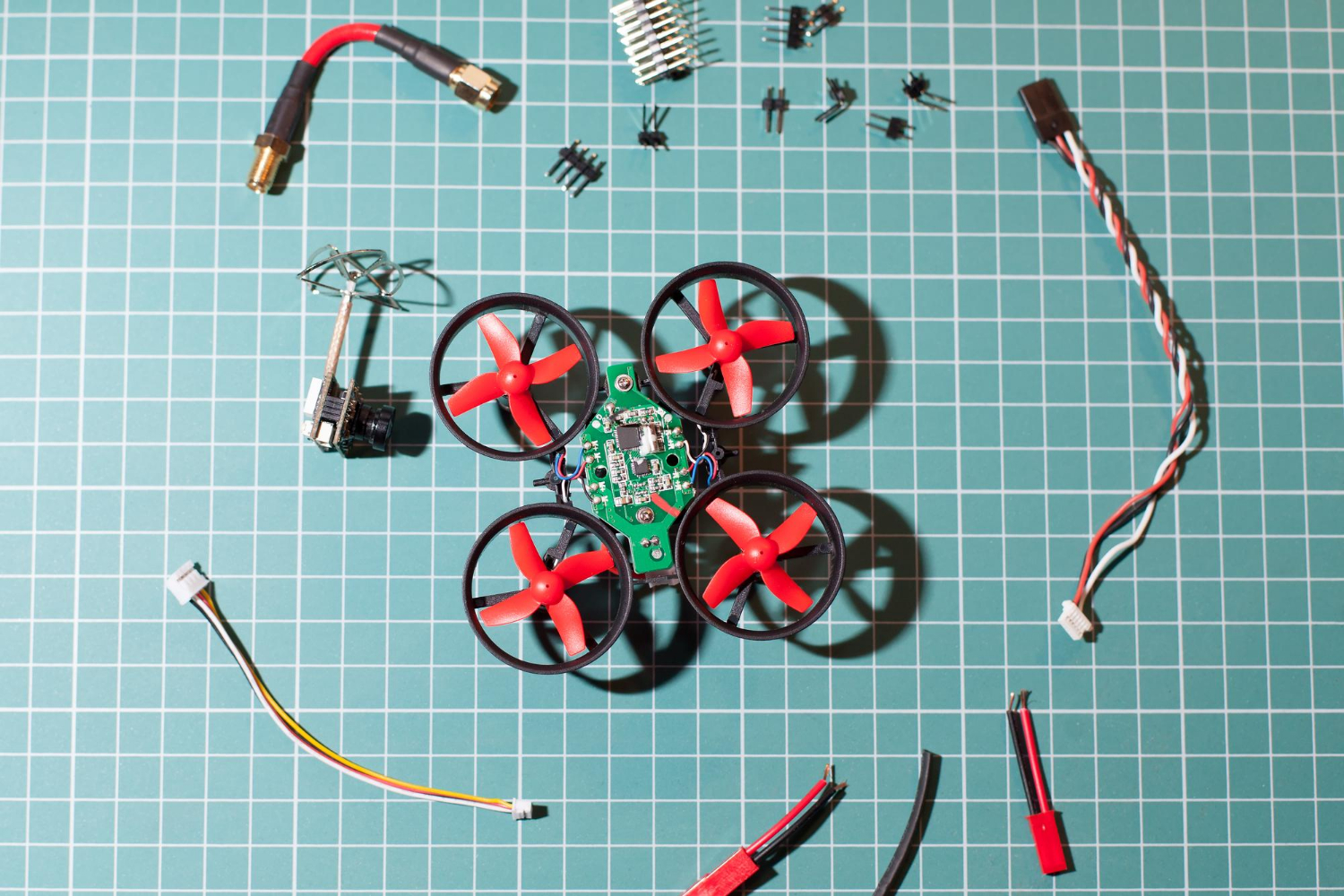
A FPV drone has three main ‘parts’: the flight, power, and FPV systems.
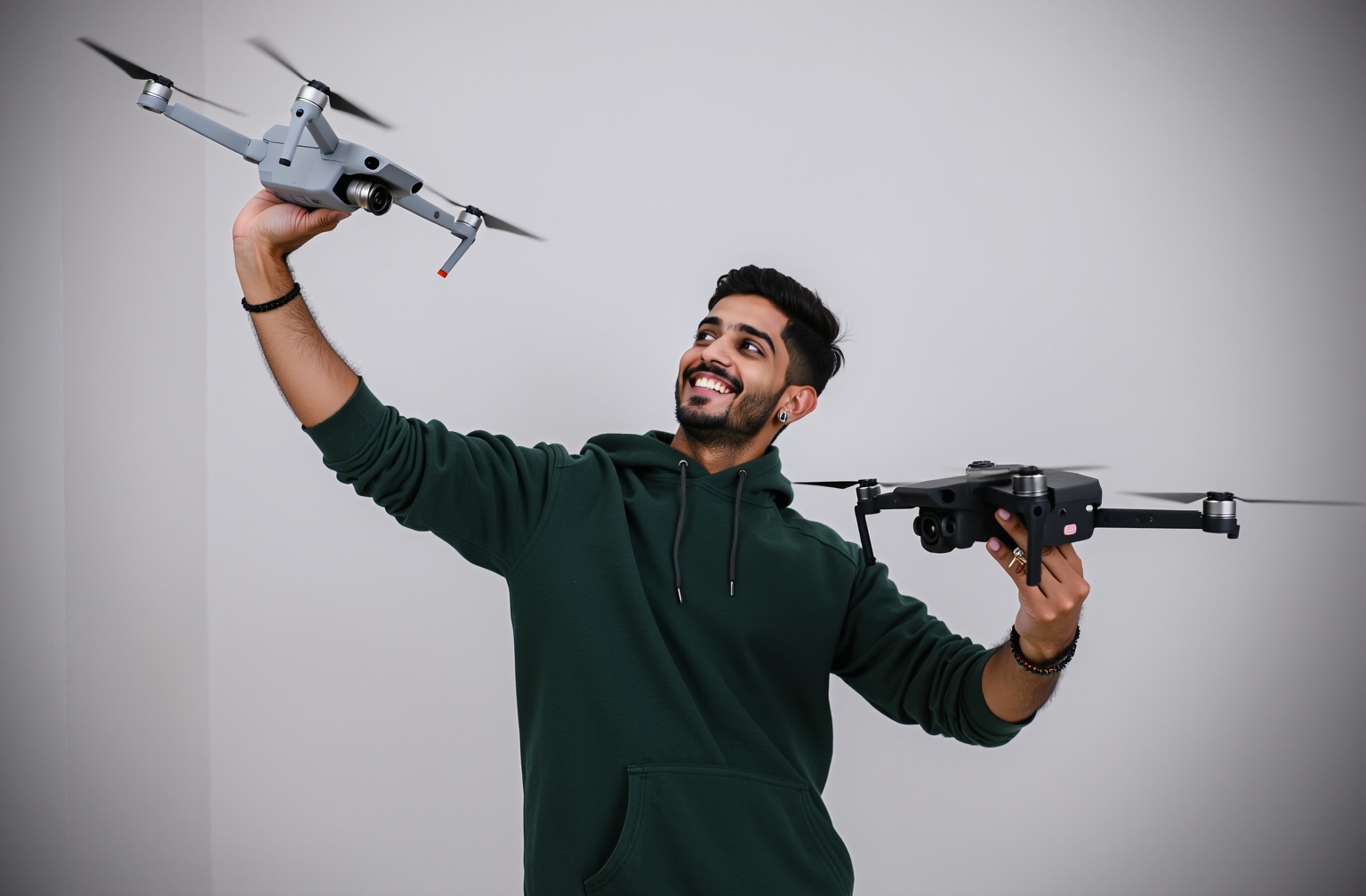
When your equipment is ready, here are some tips to get started.
Train on Simulators
Use a drone simulator before taking to a real race. These provide a risk-free way to hone your drone racing skills.
Have Patience
Don’t go straight to high-speed racing right away. Begin with slow, controlled flights. The last thing you want is to break or lose your drone.
Master Basic Manoeuvres
Practice hovering, flying in figure-eight patterns, and navigating through gates. These skills will form the foundation of your racing capabilities.
Join a Racing Community
Joining a local racing community is a good way to learn from skilled pilots, share information, and gain an understanding of the sport.
Set Realistic Goals
Set achievable goals for yourself. Gradually increase your speed as you become more confident in your abilities.
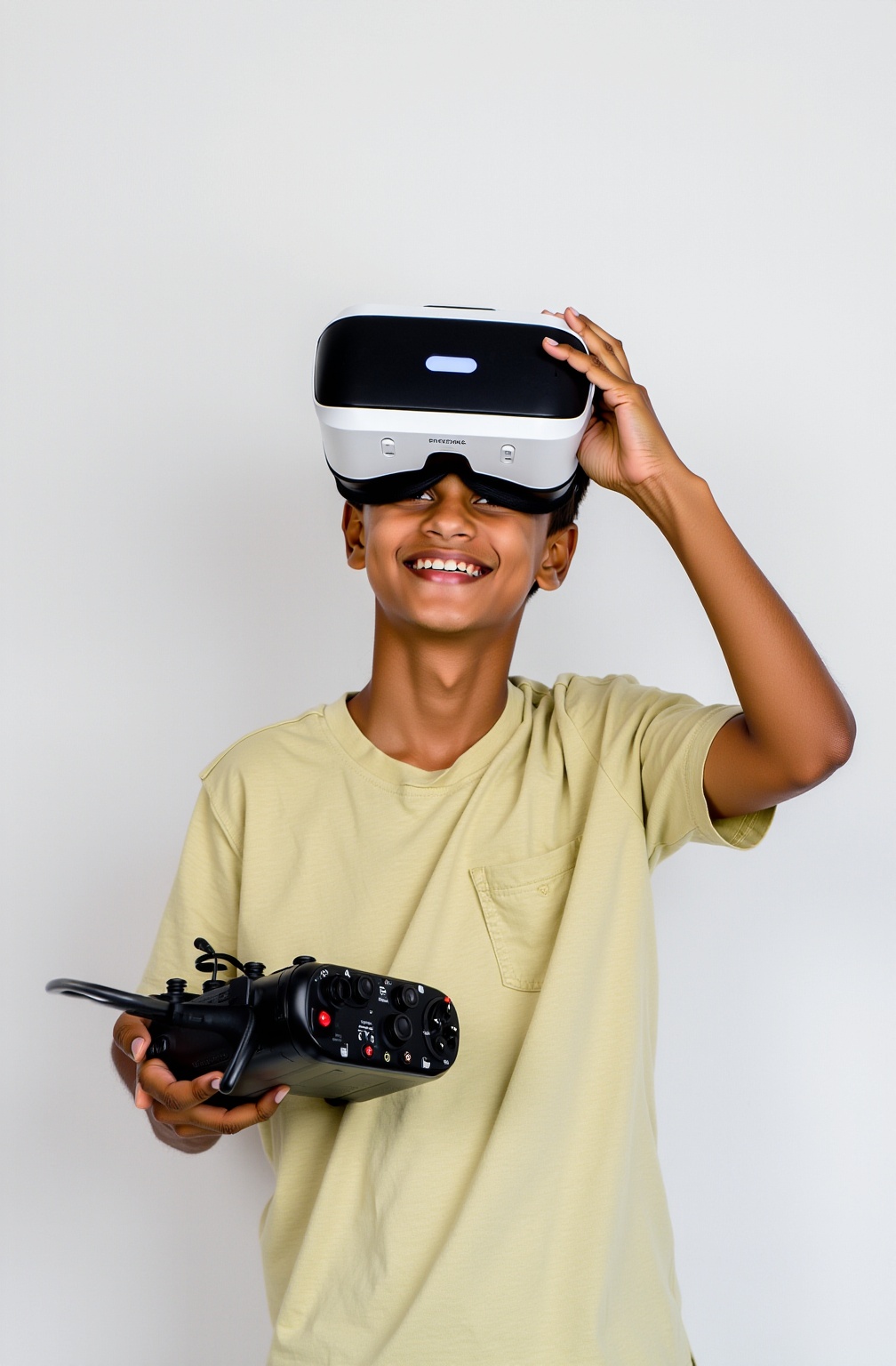
Safety should be a top priority in FPV racing. Here are some vital guidelines to follow:
Finding the Perfect Flying Location
Finding the perfect flying location can be challenging. You will want a place that offers sufficient space and guarantees your safety. Many racers desire open fields, parks or abandoned industrial sites. However, you should explore other options if you are in a thickly inhabited area or don't have the correct flying location nearby.
You can contact local businesses or services with appropriate spaces for FPV racing enthusiasts. The airy indoor environments can offer an outstanding setting for racing, free from outdoor weather conditions.
Partnering with a racing community could also be beneficial. They may allow you to use their facility or sponsor local FPV racing events. This collaboration can benefit both parties.
Building Your Skills
With experience in FPV racing, you can improve your skills. Here are some ways to do it:
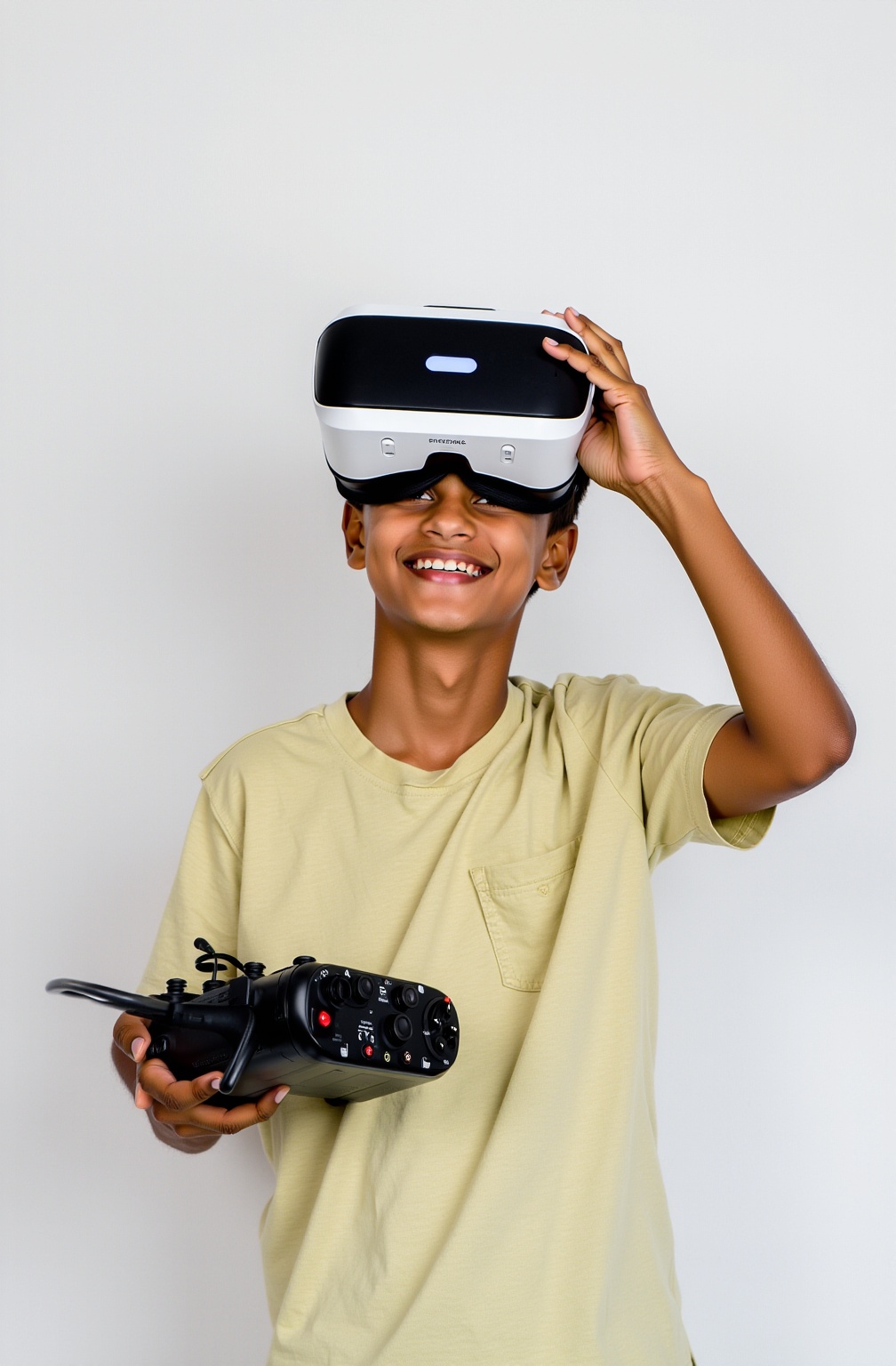
The world of FPV racing provides an immersive experience for drone fanatics. You can enter this exciting sport with the correct equipment, practice, and safety precautions. Start slowly, learn from others and most prominently, have fun as you journey into drone racing.
If you are a drone racing enthusiast, you must be able to propel drones efficiently. For wanting to learn to operate drones, it is always better to enrol in a drone training academy and learn the basics and the advanced levels associated with it. Flapone Aviation is one such training school that provides top-notch training to all drone enthusiasts, with advanced teaching methods and technologies. So, before going onto a drone racing track, ensure you are all comfortable with drones. Come, start your journey of becoming a drone racer with us.
Whether you're a beginner or looking to upskill, our training advisors can help you choose the right course.